“You must have grown up eating chicken tikka masala.”
Actually, no. I never ate it at home — because it’s not even Indian!
Conceived by South Asian chefs in the UK, the beloved dish has become a funny misrepresentation of Indian food to global palates.
In reality, India alone consists of 28 states with hundreds of languages and dialects and thousands of dishes to match.
Parts of India are staunchly vegetarian, while others boast piles of mutton biryani built for kings. Add in the delicious, but tantalizingly different, cuisine of our neighbors — Nepal, Pakistan, Bangladesh, and Sri Lanka, and the array of South Asian delicacies is mind-boggling.
With 3.4 million South Asians in the U.S. (and Seattle attracting one of the fastest growing metro populations) these regional cuisines are well-represented in our city. This rough guide is meant as a primer for your taste buds — but remember that the best way to learn is by eating:
The North: Pakistani / Punjabi

Food from Pakistan and the Punjab region is the best-known globally. From rich, creamy paneer (cottage cheese, but way more delicious than it sounds), chicken and lamb curries, to naan and kebabs, if you’ve eaten Indian food out of India, you’ve probably eaten this kind of food. Abundant in butter and cream, it feels like a celebration to your senses.
For vegetarians – or on days you’re going meatless – I recommend feasting on dal makhni (also known as maa ki daal or ‘Mother’s lentils’.) The black lentils cooked overnight in churned butter and spices over a slow fire, would make even the most hardened carnivore convert.
When I’m in the mood for meat, I drive down to Renton’s Naan n Curry. I usually leave it to the friendly owner to plan my meal, but the succulent, tender bites of spiced lamb in the Seekh and Chapli Kebabs go very well with India-brewed Kingfisher beer. Legend has it that Kingfisher is specially crafted to complement the spicy (aka gassy) flavors of this cuisine.
The East: Nepalese
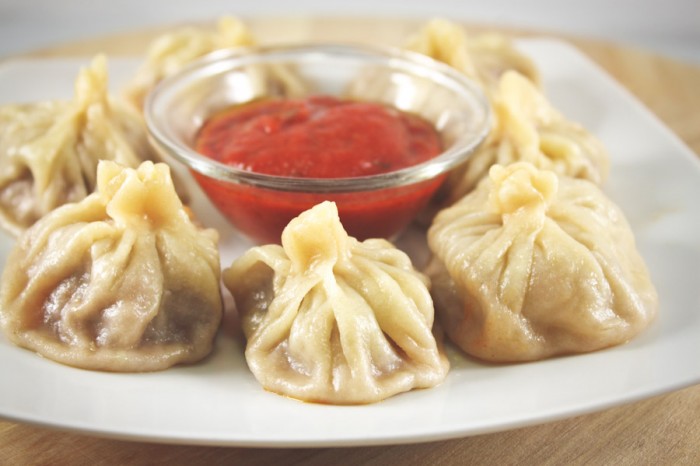
Nepalese restaurants are a-plenty here, but unfortunately most are better known for their Indian dishes. Nepalese cuisine is flavorful, but lighter than Punjabi/Pakistani food.
Next time you’re at Annapurna Café, you’re better off ordering Momos – Tibetan/Nepalese dumplings served with chutneys.
Nepalese food also has a unique offering of curries and dumpling soups (thukpa). So put down that “chicken tikka masala” and eat like the natives.
The South: Udupi
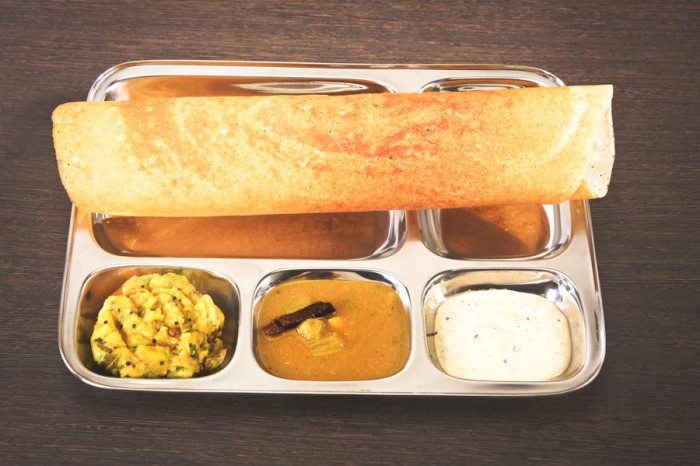
Down South, Indian food often gets much spicier, and most of it is vegetarian.
Traditional “Udupi” joints are low-key and are great places to take your fussiest vegan, gluten-free, lactose-intolerant friend. No colorful décor or loud music like you would find in its North Indian cousins either.
I usually get a masala dosa — a lentil-rice batter crepe filled with spiced potatoes. Eat with your fingers and dip into the sambar curry.
For those of you already initiated, I’d recommend trying rasam – a spicy pepper soup. It’s a treat for your senses but can get very hot if it’s authentic. Don’t say I didn’t warn you!
Only a few places around town do South Indian: Dakshin and Mayuri on the Eastside, and Chili’s in the U-District.
The West: Thali
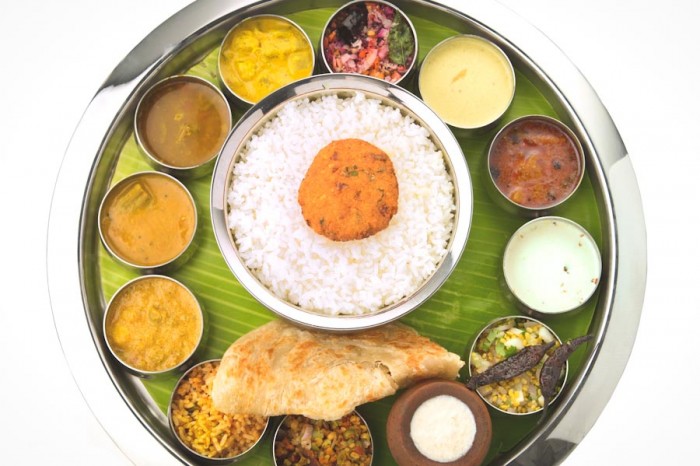
I’ve included thali here though it’s not a cuisine, but rather a way of life that’s ubiquitous to India.
Some of the world-famous thalis are found along India’s West coast, especially in Rajasthan and Gujarat. Thali – literally translated, means a large plate. It’s our version of a bento box. Order a thali for a balanced selection of carbs, protein, vegetables and dessert.
Vegetarian thalis – the most popular kind – consist of dal, sabzis (vegetables), roti (chapatti), rice, yogurt raita, and mithai (sweet).
Travelers Thali House changes up their menu on a monthly basis, so you can enjoy delicacies from a different part of the region every time you go back.
Bonus: Indian Chinese
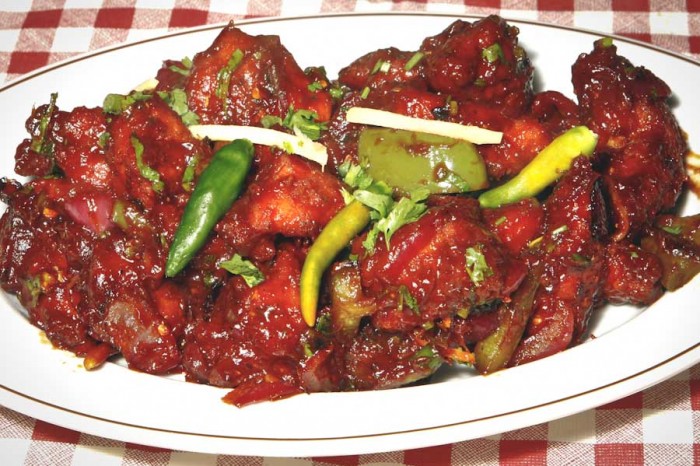
When people tell me they’re an authority on Indian food, I always ask “Ah…but have you tried Indian Chinese food?”
So very specific to South Asia, Indian-Chinese is one of those cuisines that’s not really a cuisine.
Confused? Well, if you’re looking for authentic Chinese food…this isn’t it! But it’s not really Indian food either.
A spicy, garlicky combination of the two, you’ll get Indian favorites like paneer, mixed in with rich soy and ginger flavors.
Inchin’s Bamboo Garden is a national chain with a location in Redmond that delivers it pretty well. I’ll usually get a Veg Coins Manchurian (fried dumplings in a soy-spicy gravy) and Chili Chicken. I would recommend going in a larger group, because the appetizers are where it’s at.
As you can see, the depth and breadth of South Asian food can hardly be captured here. But I hope you feel inspired to sample beyond naan and chicken tikka masala the next time you’re eating Indian food.
We’re lucky to have this much representation of the diversity in South Asian food right here in our region. Now, we just need an authentic chaat (savory Indian street food) place, and I’m set!


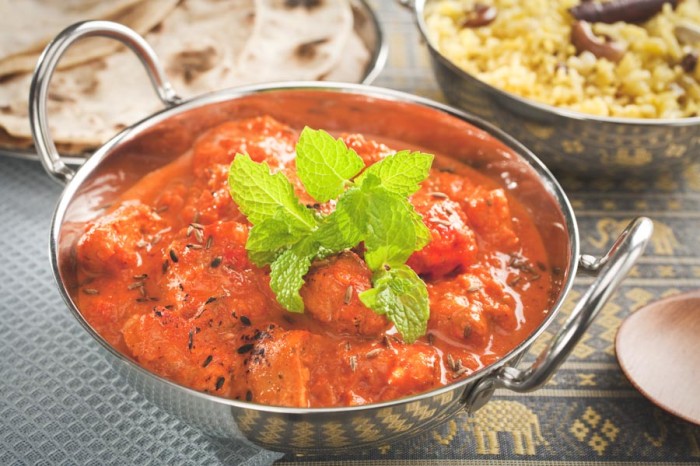
Amazing write-up and beautiful pictures of food from different ethnicity. I really love food from down the south. Dosa, Rasam, Idli-Vada and uthapam are some famous eateries from South.
Indian Food
Wasnt pakistan , nepal, west bengal were part of India before the partition ? Britishers , french & portuguese sailed for many centuries long ago to India looking for spices & herbs. I live in montreal , there are lot of Indian restaurants around here but most of them are not owned by Indians , the chefs & owners are mostly Bangladeshi or pakistanis. It doesn’t mean that the food is not authentic…infact at some places its even much better than an actual Indian would cook. Its the diversity of these great nation India that welcomes different culture & people to blend in& share its tradition globally. FYI India is rich in spices & herbs & it doesnt need any recognition when it comes to food.
Nepal was NEVER a part of india. Brush up on your history, mate!
Chapli kabob is a Afghan/Pashtun dish nothing to do with Punjab. Saying it’s not Indian but then mentioning it’s Pakistani makes no sense. I’m pretty sure Chapli kabob existed long before Pakistan’s 60-70 history. An article saying it’s not really Indian should give credit where credit is due.
Rubbish. British plundered India for all their spices and popularised it in the UK. The dish very much has Indian-Pakistani roots. You need to read up on some Shashi Tharoor. Just identifying 4 cuisines does not even cover 20% of the food types available in India. Absolutely misguiding.